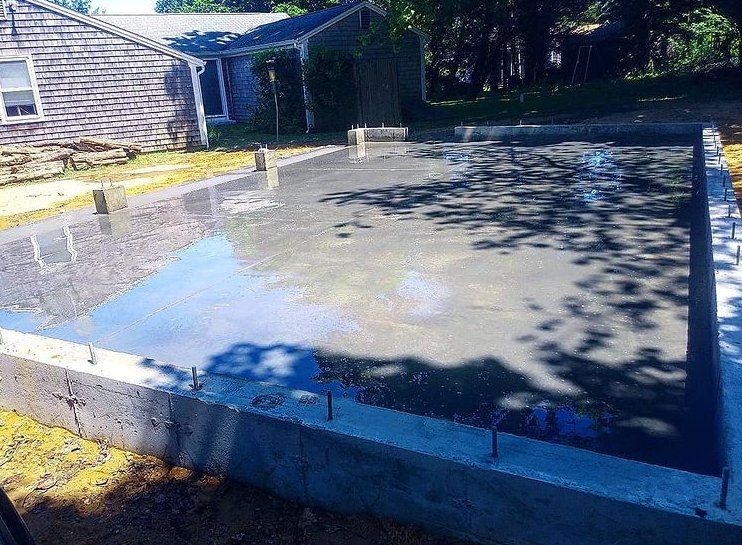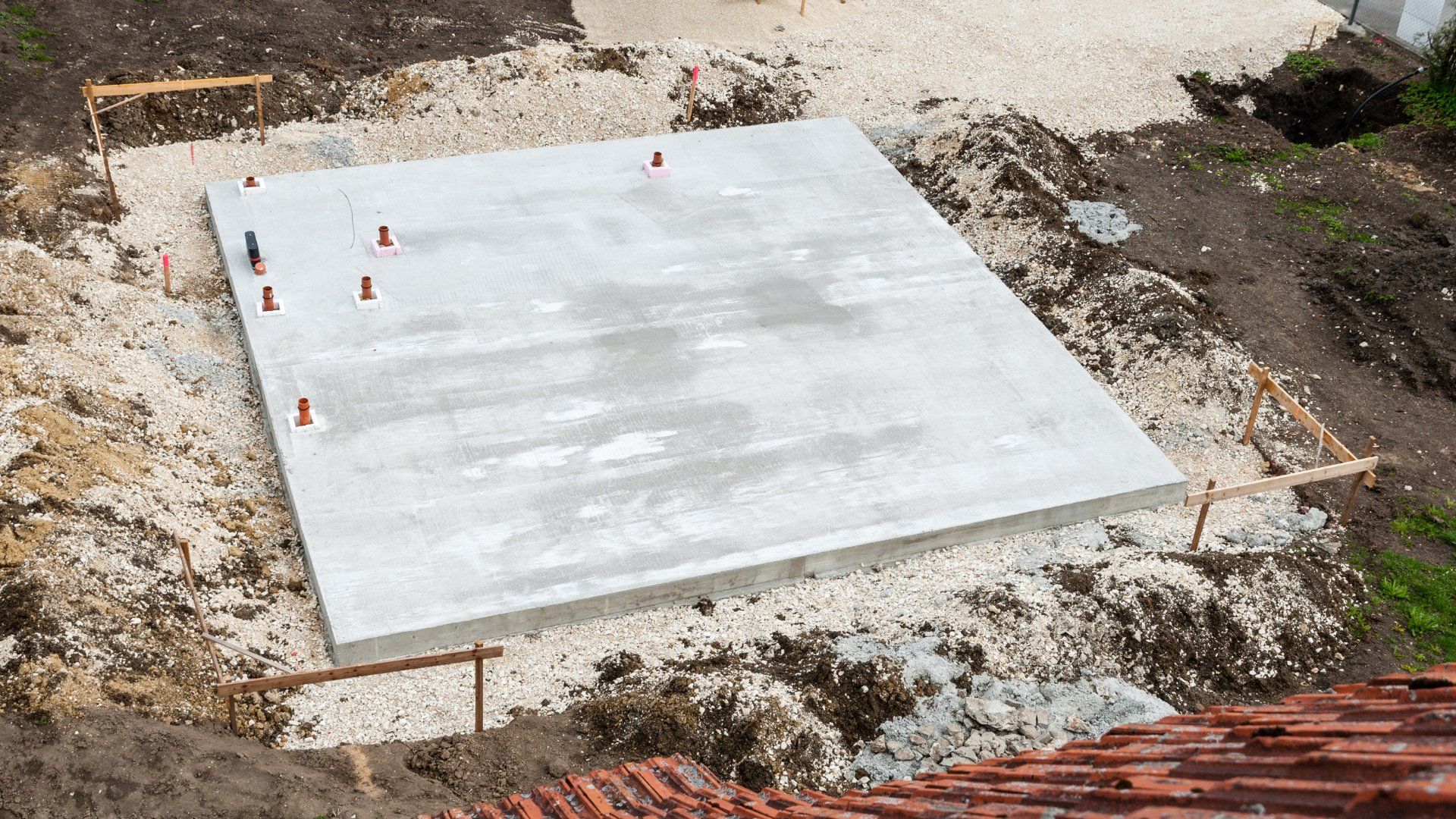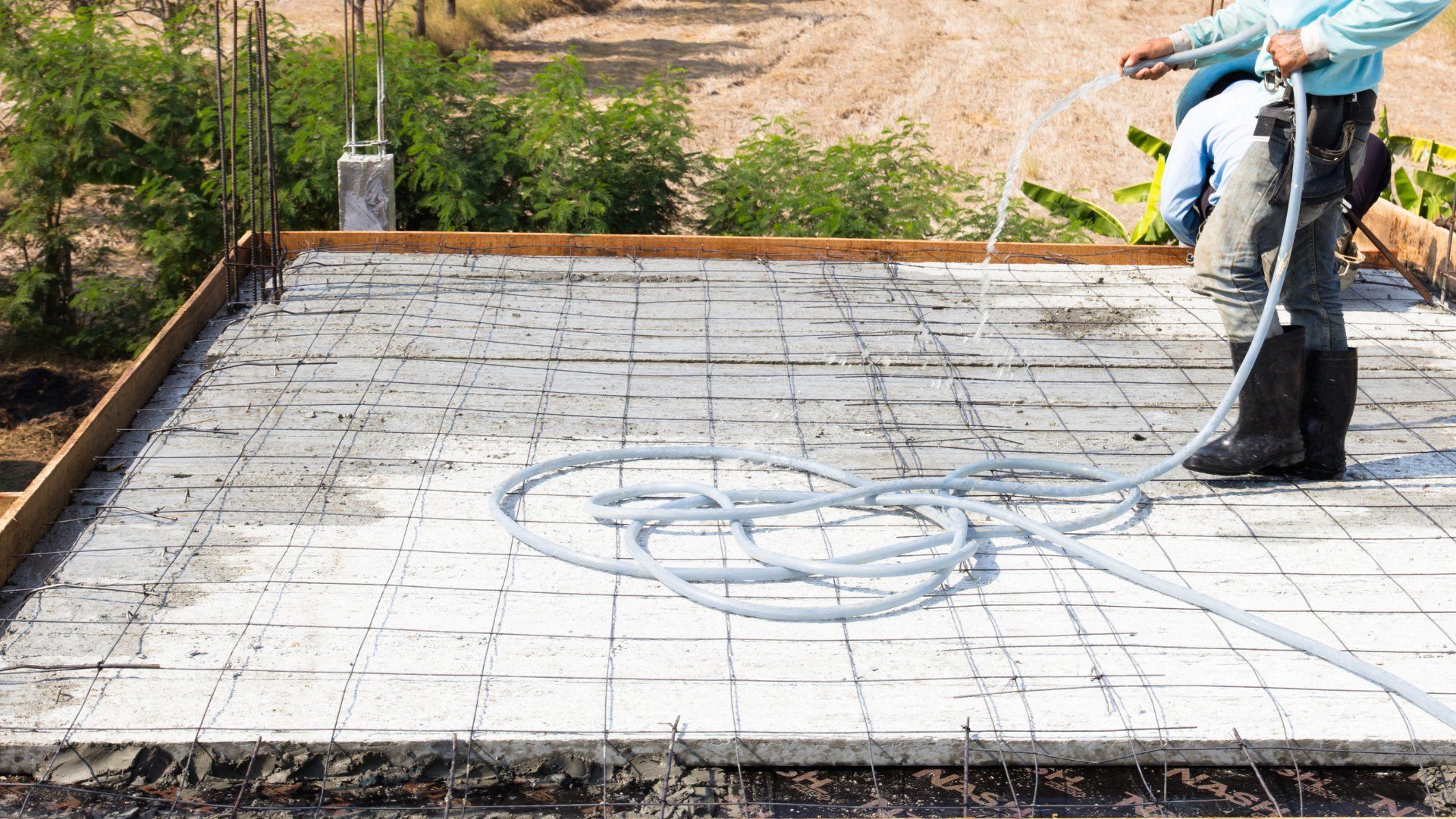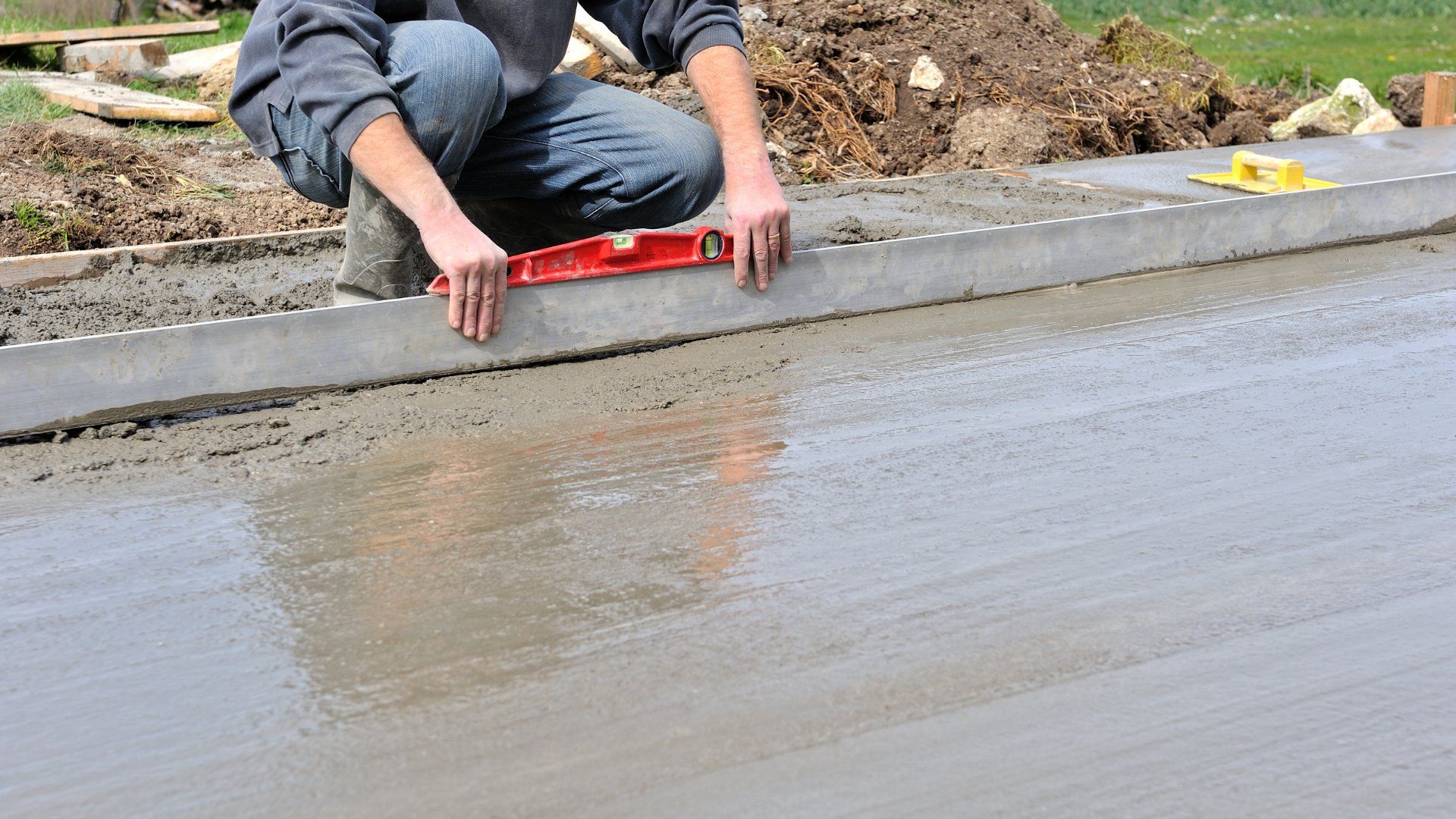Concrete Slab Oshawa
Known as one of the most important aspects in laying a concrete slab on grade, knowing what to look for is an essential part. With our years and expertise we can ensure that it's right every time.
What's involved with laying a concrete slab on grade?
It is important to consider a number of factors when laying your concrete slab on grade.
Grade matters
It's true that the grade of your concrete slab will largely depend on what type and condition it is in when you lay down an initial layer. However, there are some other factors which mustn't be overlooked for good results - like how well-graded or smooth these ground surfaces were initially to begin with. The type of ground you have can determine what grade your concrete slab will be. For example, if the natural terrain is very soft and gentle then it might require a higher-grade slab for construction; whereas in contrast with softer conditions we recommend using lower-grade slabs so they don't break under pressure.
The influence of design on thickness can be seen in many different ways. For example, an asphalt slab with stamped formwork would require thicker forms than one made from concrete which has no pattern at all. The different types of concrete slabs have their own unique properties. For example, stamped forms produce a thicker slab than conical or domed ones because they need to withstand more pressure during production; on the other hand V-shaped designs allow for less material use which means lower costs in general.
How Much Concrete Will Be Used?
The amount of concrete needed for your foundation will vary depending on the size and thickness. A thick slab is generally more expensive than thinner ones so you should take this into account when calculating how much material to order; however, if done wrong (or not properly) it can cause major structural problems with even strong buildings like houses or apartments - especially in humid areas where moisture / condensation seeps through cracks within 24 hours.
How strong will the foundation be?
The strength of your foundation will be determined by the thickness and number connections. The higher-grade concrete has stronger foundations, though it's worth noting that not all grades are created equal. The higher the grade, the lower modulus of elasticity and vice versa--lower qualities have weaker structures that can quickly fail under tension while higher ones are stronger because they have a greater degree in durability with each passing year as well.
Joints are an important part of any building's structure. The strength, stability and movement restrictions that joint choices offer can be seen in this example with the tiebacks used to brace against flexing when constructing reinforced concrete walls. The type or style you choose will depend on your desired structural outcome but it should always follow appropriate guidelines so as not cause unnecessary harm. If these joints are not correctly installed, cracks may appear instead. Moreover, tiebacks must be properly balanced to prevent them from becoming weak and vulnerable in an event of high wind or other forces that could damage it greatly or completely ruins the look for you.
How Much Load Can a Concrete Slab Hold?
The load capacity of a foundation affects not just its strength, but also whether or not it can support whatever weight you may put on top. The four different types of load capacity are used for various purposes. First, the concrete slab reinforcement strength and thickness depend on how long it takes mean time between floor slabs to wall-shear or crack; this allows us determine if there will be enough wear after constant pressure has been applied in certain areas without breaking anything up yet. Second is random loading - instead using an average rate across all parts within our structure so as not break any individual pieces before they've had chance do their job properly, which helps with determining what level it can withstand upon entry points into buildings during natural disasters like earthquakes etc.,
Concrete foundations are the foundation of your home. The concrete weight capacity refers to how much material can be placed on top at one time before it starts crushing down, while cure time tells you when this process will finish and thus determine if there is enough room for more traffic outside without worrying about wear and tear.




